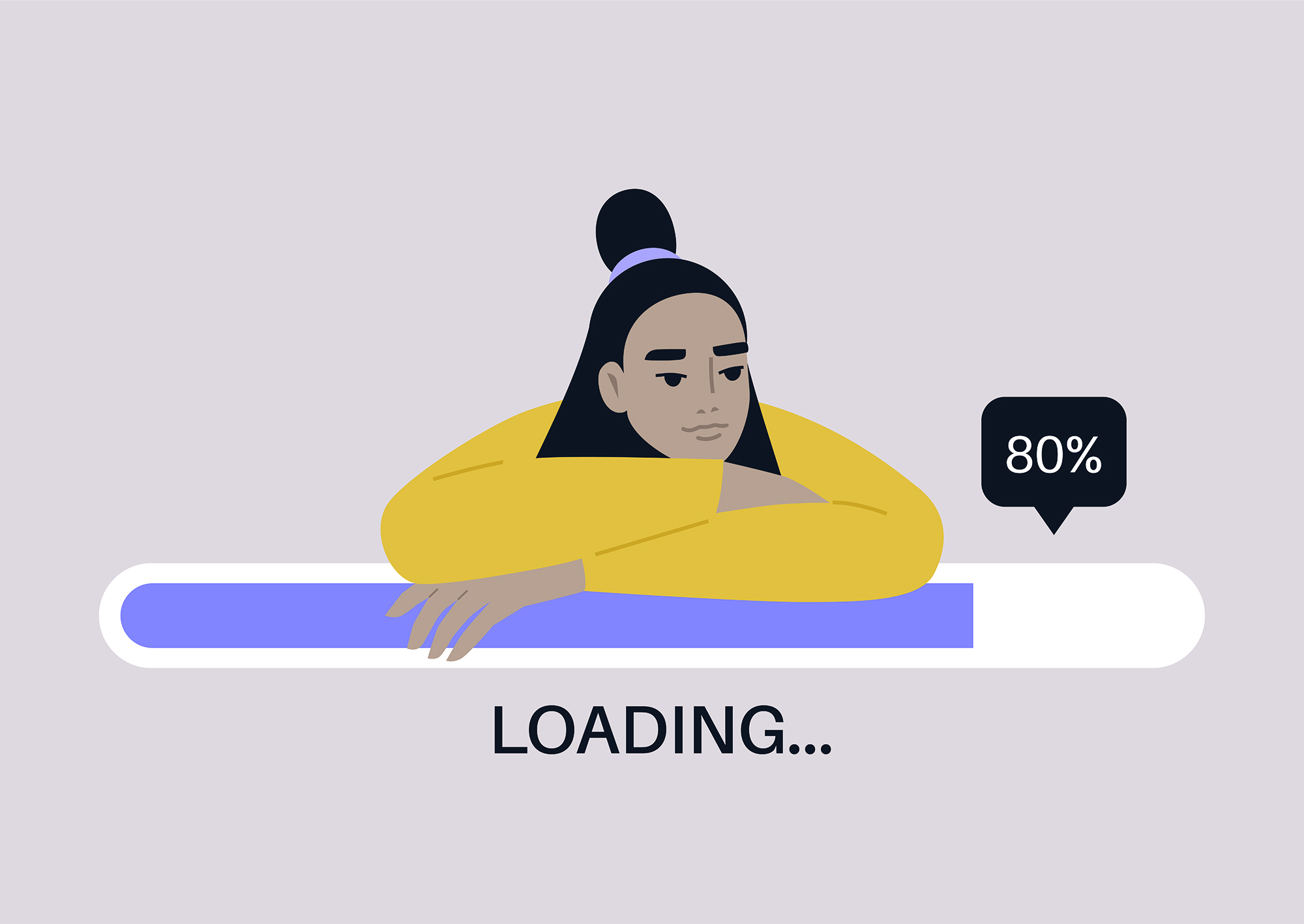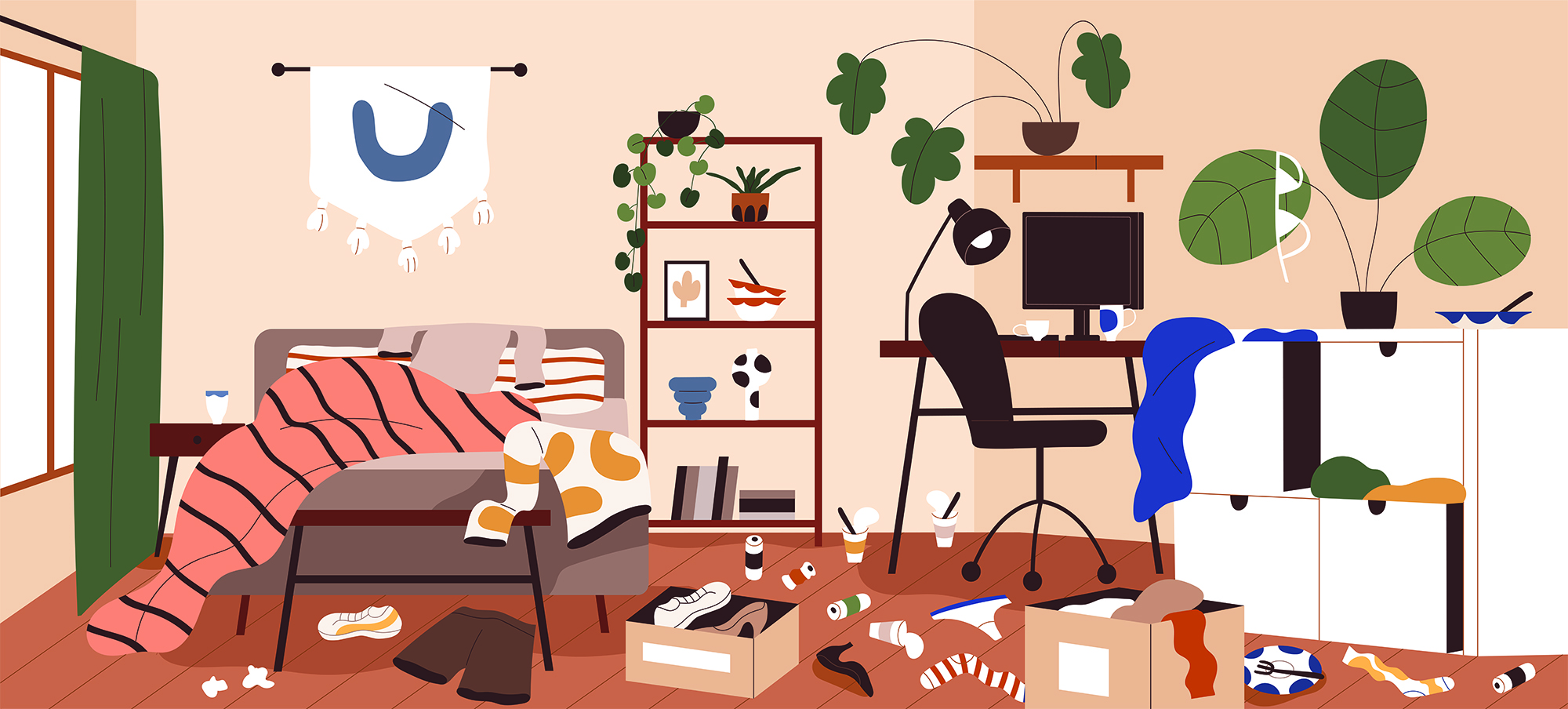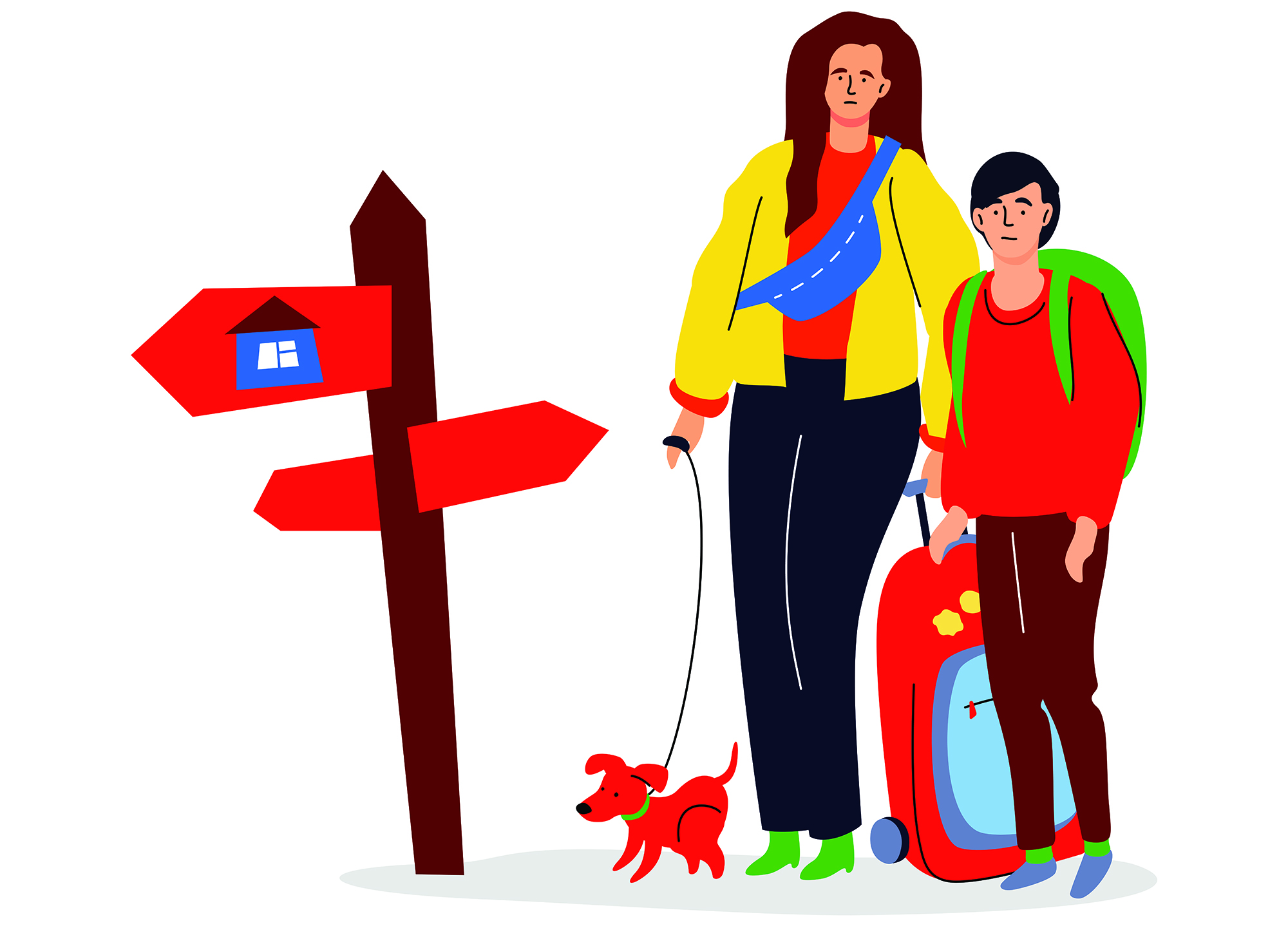
Your website is often the first point of contact potential customers have with your business. A well-designed site can engage visitors, build trust, and drive conversions. However, even small web design mistakes can have a significant impact, deterring users and costing your business valuable opportunities. Identifying and addressing these issues is critical for ensuring your website works as an asset, not a liability.
Here are seven common web design mistakes that could be hurting your business and practical advice on how to fix them.
The Mistake:
Failing to design a website that performs well on mobile devices is one of the most common web design errors. With over half of global web traffic coming from smartphones and tablets, an unresponsive website frustrates users, leading to high bounce rates.
The Solution:
Ensure your website is fully responsive, meaning it adapts seamlessly to screens of all sizes. Use a mobile-first design approach, prioritising usability and functionality on smaller devices. Test your website on multiple devices to verify its performance.

The Mistake:
A slow website is a guaranteed way to lose visitors. Studies show that 53% of users abandon a page if it takes more than three seconds to load. Slow speeds negatively impact user experience and harm your search engine rankings.
The Solution:

The Mistake:
A website packed with too many elements—text, images, pop-ups, or animations—creates visual noise, making it difficult for users to focus or find what they need. A cluttered design can come across as unprofessional and untrustworthy.
The Solution:
Adopt a clean, minimalist approach. Use ample white space to give content room to breathe and prioritise key information. Follow the "less is more" principle by stripping away unnecessary elements while maintaining functionality.

The Mistake:
If visitors struggle to navigate your site, they are unlikely to stay long. Complicated menus, broken links, or a lack of clear calls-to-action (CTAs) can frustrate users and drive them away.
The Solution:
The Mistake:
Inconsistent branding or a lack of visual identity on your website can confuse visitors and weaken your brand’s credibility. If your website doesn’t reflect your company’s unique style, users may fail to connect with your business.
The Solution:

The Mistake:
A website without strong CTAs leaves visitors unsure of what to do next. Whether it’s subscribing to a newsletter, making a purchase, or contacting you, unclear or absent CTAs mean missed opportunities for engagement and conversions.
The Solution:
The Mistake:
A visually stunning website won’t generate traffic if it’s not optimised for search engines. Ignoring SEO can leave your site buried in search results, making it difficult for potential customers to find you.
The Solution:
Your website plays a critical role in shaping how potential customers perceive your business. By addressing these seven common web design mistakes, you can create a user-friendly, visually appealing, and highly functional website that drives traffic, conversions, and growth.
Regular audits and updates are key to keeping your site performing at its best. If you’re unsure where to start, consider partnering with a professional web design agency to help you identify and fix any issues. Remember, your website is an investment—and getting it right can make all the difference for your business.
We would love to work with you on your next project or breathe new life into an existing one. Speak to our experts today!
Contact us